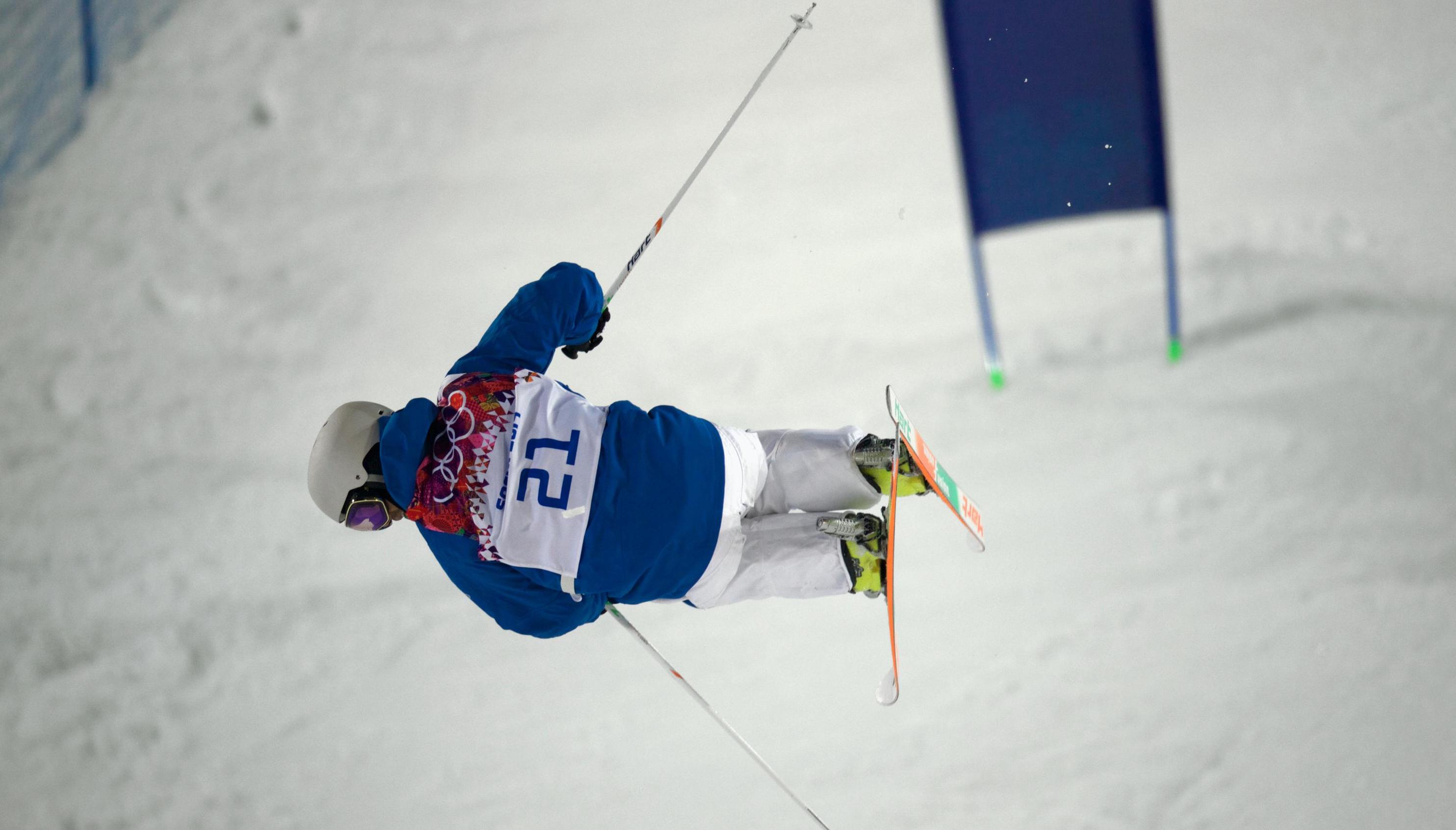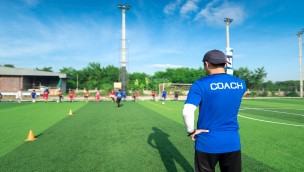Concussion - if in doubt, sit it out
Diagnosis, advice, and treatment of concussions have changed in recent years. On this page, you will get advice based on the latest research.

It can be difficult to determine whether someone has had a concussion. The rule of thumb is: if in doubt, sit it out.
A few years ago, it was necessary to have been unconscious or suffer memory loss to be diagnosed with a concussion. This has changed in accordance with newer research.
Research has also contributed to new advice on the treatment of concussion, and there are new guidelines for when an athlete is ready to return to sport. SCAT6 SCOAT6 CRT6 ChildSCAT6 ChildSCOAT6
How does the injury occur?
A concussion occurs after the head is subjected to rapid acceleration forces that shake the brain. The blow is usually directly to the head, but concussion can also result from impacts to other parts of the body (e.g. face, shoulder or back), and hence indirectly affect the brain.
How is the diagnosis made by health care professionals?
A diagnosis is based on signs (objective) and symptoms (subjective). These may not present immediately, which is a challenge since it is important that the athletes are removed from training/competition as soon as the concussion has occurred, to facilitate recovery and avoid long-term symptoms. SCAT 6 and child SCAT 6 are useful tools to guide in the evaluation of sports-related concussion but are not diagnostic: SCAT6 ChildSCAT6
In at addition, “Concussion Recognition Tool (CRT 6)” is a tool that can be used by coaches, parents, and athletes, when suspecting a potential concussion - CRT6
Signs, symptoms and indicators
Typical signs are poor coordination, loss of consciousness, cramps, slow speech, changes in personality, abnormal emotional outbursts, being easily distracted, nausea/vomiting, balance eyes, confusion, and reduced performance. Is it important to know that only about 10% of those who suffer a concussion lose consciousness. Disorientation is common, where the athlete does not know where he/she is, what he/she is doing. During a match/competition or training the person might not know who he/she is playing against or what the score is. This applies for all sports but are sports specific (Maddock’s questions).
Typical symptoms are headache, dizziness, nausea, feeling unsteady, difficulties concentrating, hearing a ringing noise (tinnitus), and double vision.
Precautionary measures
An athlete who has suffered a concussion should not be left alone the first 24 hours following the injury. He/she should preferably be assessed by a doctor before resuming training, at least when competing at a higher level. Return to sport should be a process where the intensity is gradually increased.
Treatment
The athlete should stop all activity if a concussion cannot be ruled out. Following this, they should rest under observation of either health care professional for at least 24 hours. As part of the monitoring process, the athlete can be woken up a couple of times during the night to check for progression of symptoms and signs.
If the injury was followed by loss of consciousness or an inability to memorize the minutes leading up to the injury, the athlete should be evaluated by health care professionals. Also individuals with worsening of symptoms should be assessed by a health care professional. It is advised to be more generous with assessment by healthcare professionals when it comes to children due to their poorer ability to express their symptoms and complaints.
Symptoms will usually subside within a few days, though it can take weeks or even months to be completely recovered for some individuals. Between 20-25% will continue to experience some form of discomfort more than 4 weeks following the injury such as headaches, dizziness, difficulty concentrating, and mood swings. In most cases, these symptoms will diminish over time.
Return to sport
The guidelines for when an athlete can return training/competition is based on a step-by-step process. In this process, the athlete progresses from one level of activity to the next, once they are symptom free at their current level.
- Rest, including minimising screen time and physical activity, during the first 24-48 hours.
- Then, light aerobic exercise such as walking or using a stationary bike.
- Sport specific aerobic exercise (e.g., running for a football player, ice skating for an ice hockey player)
- Non-contact sport specific exercises
- Full training without restrictions
- Return to sport and competition
If symptoms re-occur after an athlete has progressed to a higher level, they should regress to the previous level and wait for 24 hours before progressing to the next level.
Link to all 5 documents and research article can be found here:


